- JST Home
- /
- Strategic Basic Research Programs
- /
 ACT-X
ACT-X- /
- Research Director/
- AI powered Research Innovation / Creation/
- [AI powered Research Innovation / Creation] Year Started : 2022
[AI powered Research Innovation / Creation] Year Started : 2022
Keisuke Okumura
Environment Optimization for Multi-Agent Path Planning
Grant No.:JPMJAX22A1
Researcher
Keisuke Okumura

Researcher
Artificial Intelligence Research Center (AIRC)
National Institute of Advanced Industrial Science and Technology (AIST)
Outline
This project studies the optimization of environments for multi-agent path planning, wherein the environments are designed by obstacle layouts or installing one-way roads, to name just a few. By automating environmental design that conventionally has been manually adjusted, the project aims at providing efficient and safe environments for multi-robot coordination. Doing so is expected to be beneficial for several important domains including factory automation. Developed methodologies will be tested by both simulation and real-robot demonstrations as proof of concept.
Ryusei Oketani
Chirality recognition of molecular crystals by deep learning
Grant No.:JPMJAX22A2
Researcher
Ryusei Oketani
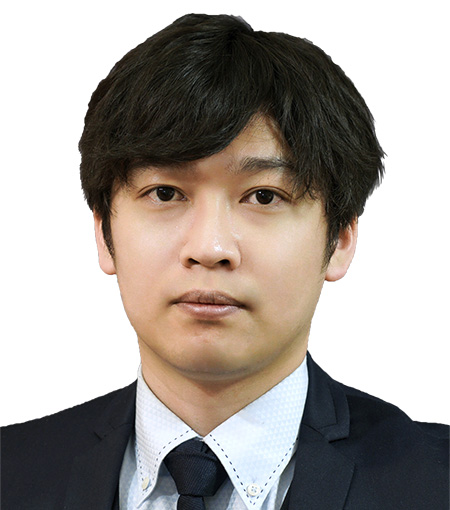
Assistant professor
Graduate School of Engineering Science
The University of Osaka
Outline
This project aims to develop a deep learning model enabling chirality recognition of chiral single crystals from microscopic images for facile and rapid measurement of enantiomeric excess in solid state. The chirality of crystalline solids has been characterized by either spectroscopic method or X-ray diffraction measurement so far. However, these techniques need a time-consuming data collection to obtain information on anisotropy or atomic coordinates in crystals. Toward a facile and rapid measurement of chirality of crystals, a deep learning model in end-to-end fashion, i.e., from crystal detection to chirality recognition, will be constructed. This work would contribute as a novel enantiomeric excess measurement of crystalline materials.
Jun Kato
AI-enabled Creativity Support Environments for a Constructive Study of Creative Culture
Grant No.:JPMJAX22A3
Researcher
Jun Kato

Senior Researcher
Human Informatics and Interaction Research Institute
National Institute of Advanced Industrial Science and Technology (AIST)
Outline
To realize a creative society in which people want to create content with the help of AI technologies, a sustainable ecosystem in which content inspires the next creation serves a critical role. We shed light on the creative culture in such an ecosystem, build a “creativity support environment” that supports the content creation and distribution process, and aim to establish Human-Computer Interaction technologies that engineer, nurture, and maintain the creative culture.
Seiya Kawano
Patent Discourse Structure Parsing for Assisting Patent Document Reading
Grant No.:JPMJAX22A4
Researcher
Seiya Kawano
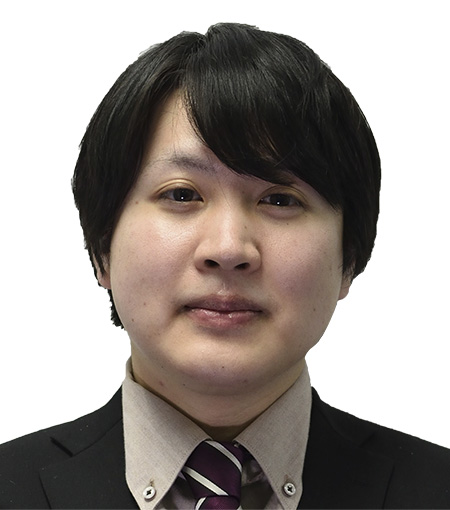
Assistant Professor
Information and Human Sciences
Kyoto Institute of Technology
Outline
This project aims to realize a discourse structure parsing model that identifies the structure of patent documents at a fine-grained level, and provides an analytical foundation for understanding the technological scope of inventions.
Shun Kojima
Deep Learning for Integrated Wireless Communications and Radar Signal Processing
Grant No.:JPMJAX22A5
Researcher
Shun Kojima
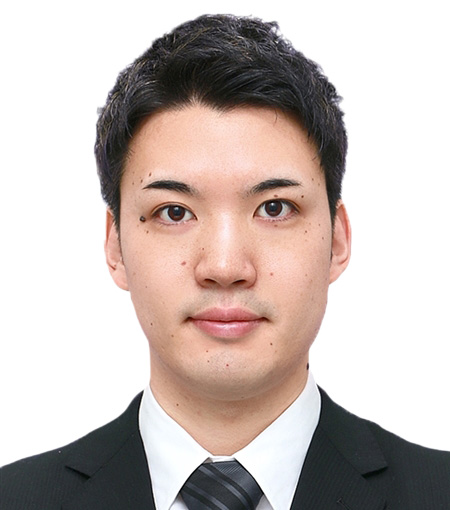
Assistant Professor
Faculty of Engineering
Yokohama National University
Outline
With the remarkable development of IoT technology, in addition to the increasing demand for wireless communications, radar applications of radio waves are gaining attention as important social infrastructure. Against this background, the frequency bands available for wireless communications and radar are tightened, and spectrum congestion is an urgent issue. In this study, we focus on the waveform format of signals and introduce a deep learning structure suited to the characteristics of wireless signals to create a new method that enables both high-speed wireless communications and high-precision radar signal processing.
Risa Kobayashi
Mutual Dynamization of Land Holding Theory Based on Very Long-Term Observations and Its Renewal
Grant No.:JPMJAX22A6
Researcher
Risa Kobayashi
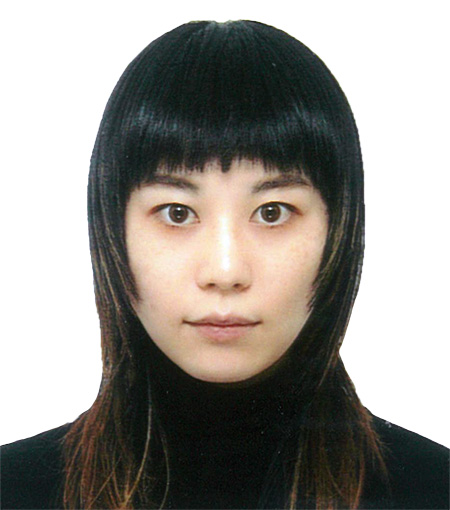
Assistant professor
School of Engineering
The University of Tokyo
Outline
In this study, I attempt to automatically digitize all items of the real estate registry and construct a behavioral model that takes into account observation errors. I work on detecting the layout of the digitized real estate registration documents and recognizing the characters in the detected text boxes. Next, I attempt modeling using a general state space model. The model applies a learning model that learns the error between the vector of data observed by layout detection and character recognition and the state vector estimated by the system model.
Mizuka Komatsu
Modeling Auditory Attention: Coordinating a Dynamic Causal Model and Deep Learning
Grant No.:JPMJAX22A7
Researcher
Mizuka Komatsu
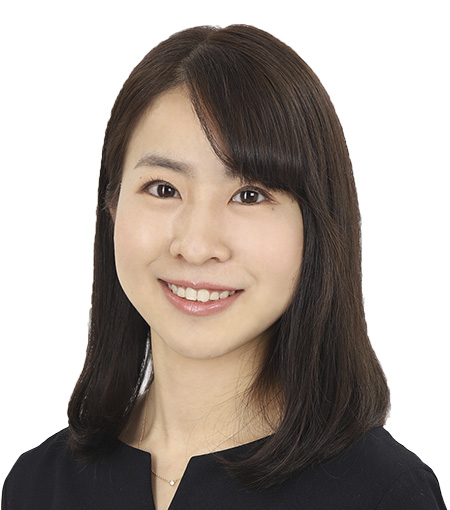
Assistant Professor
Graduate School of System Informatics
Kobe University
Outline
The ability to select and focus on a part of sound from the outside world is called auditory attention. Existing models of auditory attention can be divided into two broad categories: the bottom-up approach, which focuses on the sound itself; and the top-down approach, which focuses on listening tasks. However, advances in data measurement technology hold the promise of more advanced modeling methods capable of integrating both types of models. This study pursues this possibility by coordinating mathematical and information sciences and their technologies, such as dynamic causal modeling and deep learning.
Ryuta Shiraki
Intelligent photonic networks exploiting multidimensional big data
Grant No.:JPMJAX22A8
Researcher
Ryuta Shiraki

Assistant Professor
Graduate School of Informatics
Kyoto University
Outline
To realize photonic networks that flexibly offer large-capacity communication services, we develop an intelligent networking method that exploits multidimensional big data. We tackle this problem with two key technologies; the optical monitoring technology and optical controlling technology. First, the informative features for controlling networks are extracted from the various data obtained by advanced optical orchestrating technologies. Then, the photonic network is intellectually controlled by using the sophisticated machine learning algorithms under the constraints specific to the photonic network.
Yuichiro Sueoka
Innovative Swarm Robot System Science Based on Self-Attention Neural Network
Grant No.:JPMJAX22A9
Researcher
Yuichiro Sueoka

Assistant Professor
Graduate School of Engineering
The University of Osaka
Outline
In this research, we present an innovative swarm robot system science that provides unprecedented robustness, flexibility, and scalability to swarm robot systems by applying the natural language processing technology: Transformer. Specifically, for the problem of cooperative transportation of objects by swarm robots, we will design a neural network that can respond to changes in the number of robots and in the number and mass of objects to be transported, and test the validity of the proposed system through verification on actual equipment.
Sato Naito
Creating of systems for the use of “trusted AI” in the public sector
Grant No.:JPMJAX22AA
Researcher
Sato Naito
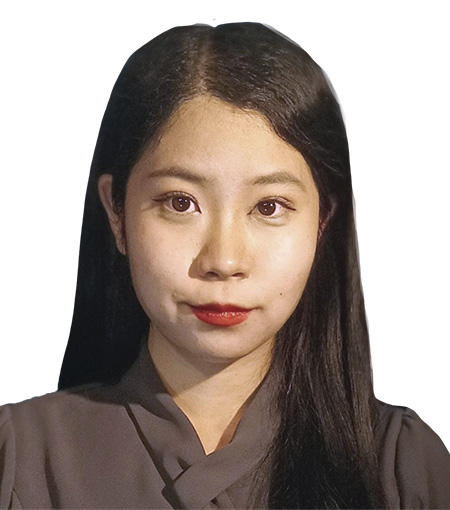
Graduate Student
Graduate School of Law
Waseda University
Outline
Many Japanese local governments are considering starting to use AI. However, there are many indications by legal and AI experts that the use of AI in the public sector can infringe on human rights. Denmark, one of the most digitally advanced nations in the world, is using AI in the public sector while respecting human rights and transparency. This study will identify which technical and legal systems of AI used in the public sector in Denmark, the comparative law subject of this study, can serve as a reference for Japan.
Toshiyuki Nakanishi
Development of a prediction AI model of postoperative pain exacerbation for automated analgesia
Grant No.:JPMJAX22AB
Researcher
Toshiyuki Nakanishi
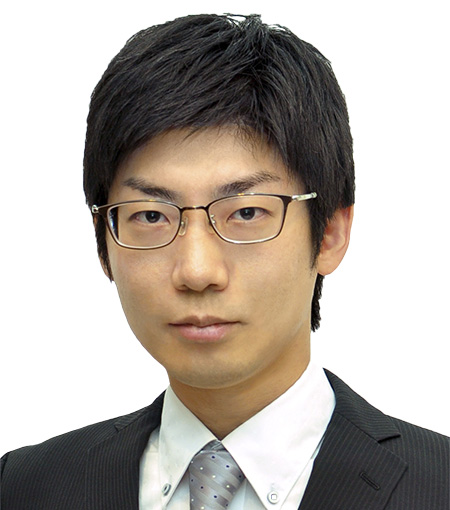
Assistant professor
Graduate School of Medical Sciences
Nagoya City University
Outline
This project aims to develop an AI for predicting postoperative pain exacerbation in real-time. Original time-series datasets will be constructed using a newly developed continuous pain assessment method and biosignal measurements on patients undergoing surgery. An anomaly detection algorithm based on a deep learning model capable of processing time-series data will be adopted in the developing AI model. Furthermore, we will implement the developed AI model as a smartphone app to verify its usefulness in clinical settings.
Masashi Hamaya
Learning robotic assembly using a soft wrist and tactile sensors
Grant No.:JPMJAX22AC
Researcher
Masashi Hamaya
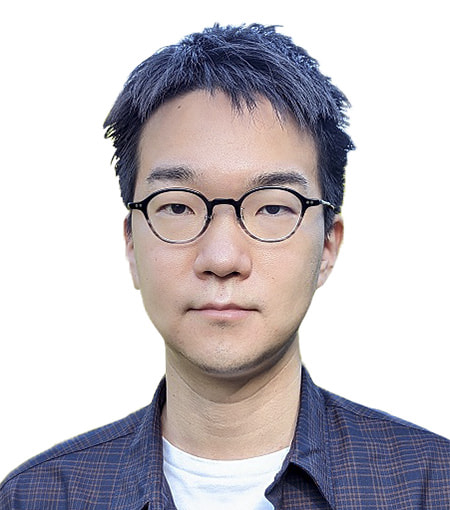
Principal Investigator/Research Organizer
Research Administrative Division
OMRON SINIC X Corporation
Outline
This project addresses learning control for robotic industrial assembly under uncertain environments and unseen parts. The key point is to leverage a soft wrist that allows safe physical interactions with the environment and tactile sensors that can observe the contact events for subtask achievements during assembly. The real robot experiments will reveal that the proposed method can complete the insertion tasks even with unseen parts and grasping positions.
Daichi Haraguchi
Creation of visual design informatics
Grant No.:JPMJAX22AD
Researcher
Daichi Haraguchi

Research scientist
AI tech studio
CyberAgent, Inc.
Outline
Designers create various visual designs (fonts, logos, posters, etc.) based on implicit and empirical knowledge. An example that we can observe in our daily life is that red tends to be used to express the impression of “warm.” This project aims to quantify designers’ implicit and empirical knowledge by applying image analysis technology and machine learning technology to visual design.
Haruna Fukushige
Creating a predictive model for nurse call occurrence that considers personal characteristics.
Grant No.:JPMJAX22AE
Researcher
Haruna Fukushige

Assistant Professor
Graduate School of Health Sciences
Kobe University
Outline
To provide high quality nursing care, it is important that nurses understand the personal characteristics of patients, and are allotted to sufficient time for care. In this study, we will create a predictive model for nurse call occurrence. Because nurse call is an important factor in the performance of nursing tasks.This model will provide a more effective and efficient approach to responding to nurse calls. The purpose of this study is to provide more personalized nursing care to patients and to gain time for nurses to provide care.
Yin Kan Phua
Creation of AI-driven Functional Polymer Informatics
Grant No.:JPMJAX22AF
Researcher
Yin Kan Phua

Visiting Researcher
Graduate School of Urban Environmental Sciences
Tokyo Metropolitan University
Outline
Functional polymers are fundamental materials that are used as key components in fuel cells, batteries and so on. This study first aims on building a data-centric explainable machine learning model by utilizing graph neural network and attention mechanism to functional polymers used in fuel cells. Besides predicting the target variable, prediction logic of this model will also be interpretable to chemists. The ultimate goal of this study is to establish functional polymer informatics, which consists of an explainable machine learning model building methodology that is generalizable to any other functional polymers besides those of fuel cells. Generalization of the method developed in this study is believed to help accelerate and cut down cost of researching and developing functional polymers.
Keigo Matsumoto
Estimation of sensory characteristics and optimization of sensory information presentation based on the free-energy principle
Grant No.:JPMJAX22AG
Researcher
Keigo Matsumoto
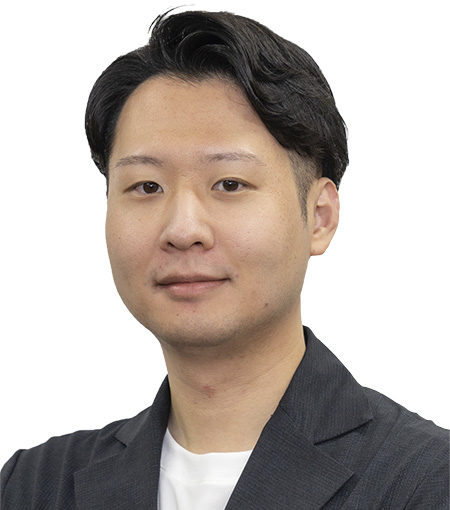
Assistant Professor
Institute of Systems and Information Engineering
University of Tsukuba
Outline
In this research, the sensory characteristics of each individual are estimated using a sensory characteristics estimation model based on the free-energy principle, using the hidden state of the virtual environment and observation data obtained from psychological, behavioral, physiological, and brain function measurements, to optimize the presentation of sensory information to each individual. This research is expected to lead to the realization of interfaces that optimize and present sensory information individually in virtual environments, as well as to the solution of problems related to sensory characteristics such as hypersensitivity and hyposensitivity in the real world.
Takahiro Miura
Quantitative Understanding of Knowledge Gap in Research Toward Paper Recommendation
Grant No.:JPMJAX22AH
Researcher
Takahiro Miura
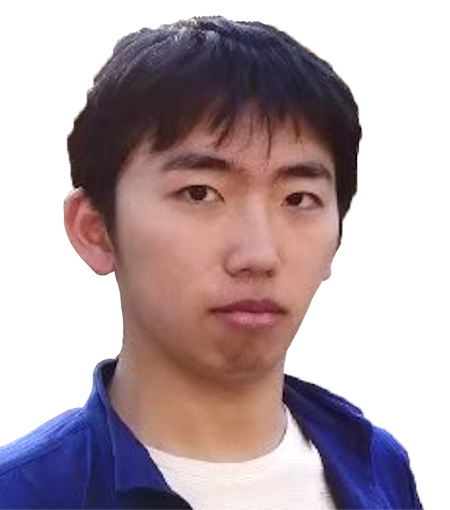
Research Fellow
Center for Computational Social Science
Kobe University
Outline
This project aims to build a model to identify knowledge gap areas in research by focusing on delayed recognition in science. In general, cutting-edge research appears from the surroundings of popular fields, known as the ‘bandwagon effect.’ Empirically, the knowledge gap functions complementarily, causing disconnection and discord in science to enhance the non-linear growth of research fields, but the general application for researchers utilizing the knowledge gap is still in its infancy. To overcome this, this project will develop the model to recommend papers falling into the knowledge gap for the input papers, with the goal of implementing the application to stimulate researchers’ emerging knowledge creation.
Takahiro Mimori
Development of an unknown-aware AI system for blood cell analysis
Grant No.:JPMJAX22AI
Researcher
Takahiro Mimori
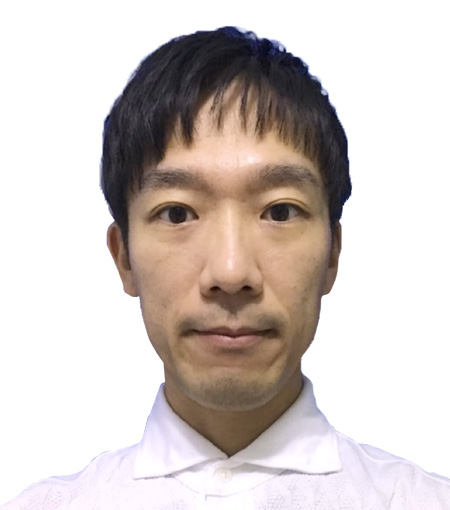
Junior Researcher
Waseda Research Institute for Science and Engineering
Waseda University
Outline
The construction of AI system to automatically differentiate blood cells in peripheral blood and bone marrows is an important task, but it involves difficulties in accurately annotating a wide variety of morphologies and collecting data in diverse imaging environments. This project aims to develop an AI method that can recognize unknown condition of cells and build a technology that enables screening without assuming detailed classification by human hands. We will also develop interpretability techniques for effective analysis and methods that are robust to environmental changes.
Takuma Yagi
Visual Script Prediction based on Knowledge Extraction from Large Language Models
Grant No.:JPMJAX22AJ
Researcher
Takuma Yagi
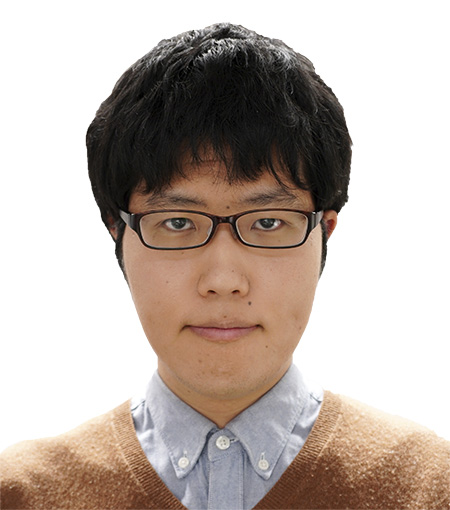
Researcher
Artificial Intelligence Research Center
National Institute of Advanced Industrial Science and Technology
Outline
I will develop a visual script prediction model which predicts scripts (typical event sequence) from images. While current image recognition models are good at recognizing visible objects in the scene, they are still far behind humans in recognizing their invisible contexts. In this project, I aim to realize an AI that can take appropriate actions without detailed human instructions by extracting script knowledge from large-scale language models that are said to include diverse contextual knowledge.
Ryo Yamaguchi
Establishment of eco-evolutionary experiment controlled by Real-Time AI
Grant No.:JPMJAX22AK
Researcher
Ryo Yamaguchi

Assistant Professor
Faculty of Advanced Life Science
Hokkaido University
Outline
In the life sciences, populations/cell populations are highly heterogeneous, and their interactions are complex. Thus, predicting future dynamics involves various difficulties. I consider a continuous yeast culture system as an artificial ecosystem in this research. And aim to develop a platform to automatically control complex life phenomena, such as the evolution of resistance mutations to drugs and other toxic environments, and the coexistence of several competing species, through a combination of real-time time series data aquisition and AI.
Takahiro Yamazaki
Iron-loss analysis of nanocrystalline magnetostrictive composite using magnetic Barkhausen noise
Grant No.:JPMJAX22AL
Researcher
Takahiro Yamazaki

Adjunct Assistant Professor
Organization for Research Promotion
Tokyo University of Science
Outline
This project aims to elucidate the iron-loss mechanism that determines the energy conversion efficiency in electric motors by proposing a new magnetic Barkhausen noise analysis method based on magnetic physics and information science. Specifically, the relationship between nanostructures and iron loss phenomena through magnetostriction will be discussed. Furthermore, new material design to achieve higher motor efficiency will be established by formulating the iron loss factors visualized by machine learning on a physics-based feature space.
Gaku Yokoyama
Development of a hybrid photosynthetic model for accelerating advances in agricultural production technology
Grant No.:JPMJAX22AM
Researcher
Gaku Yokoyama
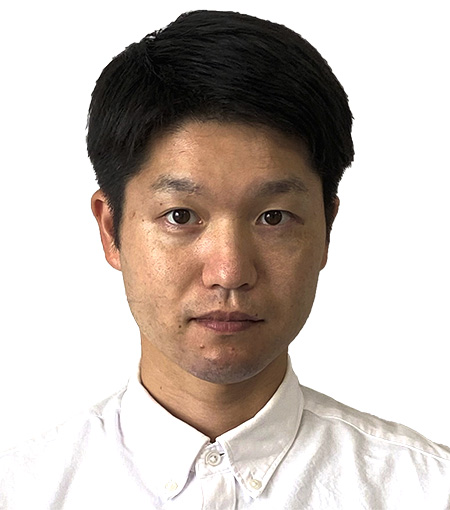
Assistant Professor
Faculty of Agriculture
Kyushu University
Outline
Photosynthesis is an essential physiological process for agricultural production. As agricultural production becoming unstable due to frequent extreme weather events under climate change, it is necessary to develop a model that can predict photosynthetic responses to future environment. In this project, we aim to develop a hybrid photosynthetic model for field crops by combining the biochemical photosynthetic model and ANN model, which is easy to construct but has high explanatory and extrapolative power.
Hikaru Yokoyama
AI-based non-invasive investigation of neural activity of deep tissues during whole body movements: Pushing the limits of electromyography and electroencephalography
Grant No.:JPMJAX22AN
Researcher
Hikaru Yokoyama
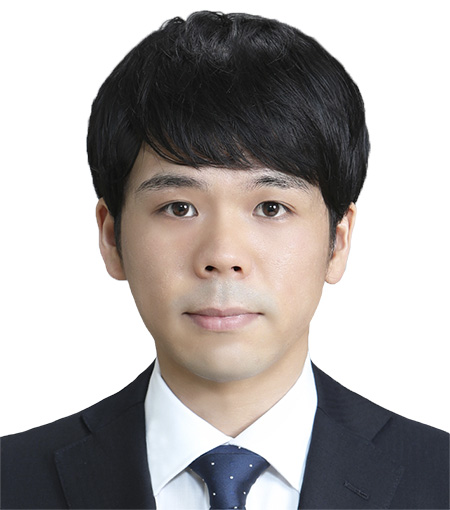
Associate Professor
Institute of Engineering
Tokyo University of Agriculture and Technology
Outline
Applying convolutional neural networks to electroencephalography (EEG) and electromyography (EMG), I will achieve a non-invasive estimation of activities of the deep brain and spinal cord neurons during whole-body movements. Furthermore, to demonstrate the usefulness of the proposed method for understanding motor control, I will elucidate the cortical-deep brain-spinal cord network for gait control by the proposed method. This will open up a measurement area that has been unreachable for about 100 years since the development of EEG and EMG devices and will bring innovation to a wide range of research fields in which these devices are used.













